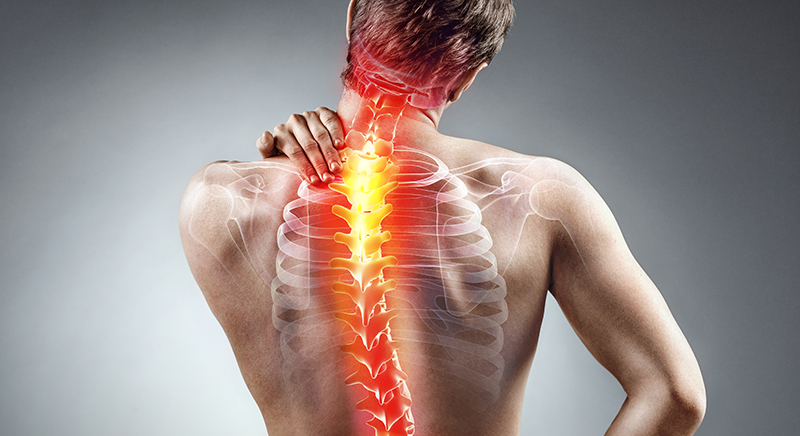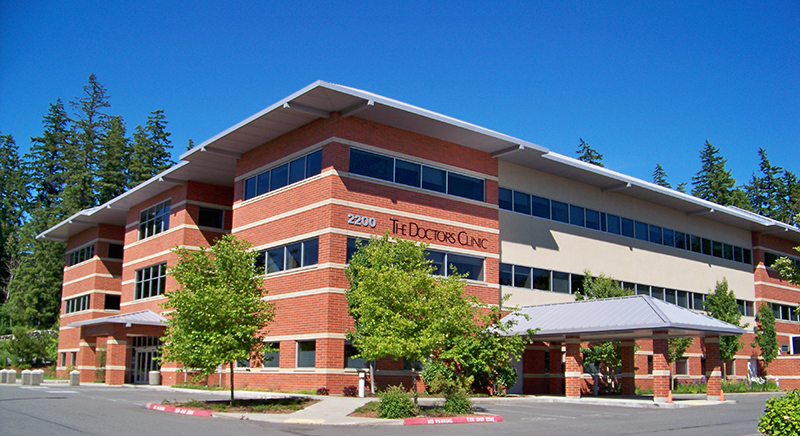
Interventional Pain
Compassionately treating your chronic pain.
Chronic relentless pain is physically and emotionally debilitating.
Interventional pain medicine uses minimally invasive techniques to address the pain cycle. The priority for interventional medicine is to intervene on the pain cycle and block the pain from transmitting through the body by using a minimally invasive method at the root source of the pain. Interventional medicine is an ideal treatment for both acute and chronic pain and can be used to alleviate even the most complex sources of pain.
There are a few common methods that are used in interventional pain medicine. Injection therapy in particular is the most common and simplest form of interventional pain therapy. However, localized out-patient treatments, physical therapy, and energy-based treatments are also commonly used to target the source of pain and disrupt the transmission of the pain cycle. The type of method used for your pain management will depend on where your pain is located and the severity of your pain.
Common Conditions Treated
- Chronic back and neck pain
- Herniated discs
- Degenerative disc disease
- Spinal stenosis
- Facet joint arthritis
- Neuropathic pain
- Sciatica (lumbar radiculopathy)
- Cervical radiculopathy
- Peripheral neuropathy
- Complex regional pain syndrome (CRPS)
- Joint pain
- Osteoarthritis (especially knees, hips, and shoulders)
- Sacroiliac joint dysfunction
- Headaches and facial pain
- Occipital neuralgia
- Trigeminal neuralgia
- Cervicogenic headaches
- Cancer pain and post-surgical pain syndromes
Interventional Treatments
- Injections
- Epidural steroid injections (for disc herniation, spinal stenosis)
- Facet joint injections and medial branch blocks
- Sacroiliac joint injections
- Trigger point injections
- Peripheral nerve blocks
- Radiofrequency ablation (RFA)
- Burns or disables nerves transmitting pain (commonly used for facet joint and sacroiliac pain)
- Nerve blocks
- Diagnostic or therapeutic
- Examples: sympathetic blocks, stellate ganglion block, sphenopalatine ganglion block
- Spinal cord stimulation (SCS)
- A device implanted to deliver electrical impulses that mask pain signals before they reach the brain
- Intrathecal drug delivery systems (pain pumps)
- Delivers medication (like morphine or baclofen) directly into the spinal fluid
- Vertebral augmentation
- Procedures like vertebroplasty and kyphoplasty for compression fractures
- Regenerative medicine techniques
- Platelet-rich plasma (PRP) injections
- Stem cell therapy (experimental in some areas)
Goals of Interventional Pain Management
- Reduce or eliminate pain
- Improve function and quality of life
- Avoid long-term opioid use
- Pinpoint sources of pain through diagnostic blocks
Click on the providers’ images below to learn more about our Interventional Pain team.
Providers in this Specialty

Beno Kuharich, DO
Interventional Pain, Pain Management, Surgical Pain Management
Bridget Regner-Warwick, ARNP
Interventional Pain
Deepak Sreedharan, MD
Interventional Pain, Pain Management, Surgical Pain Management

